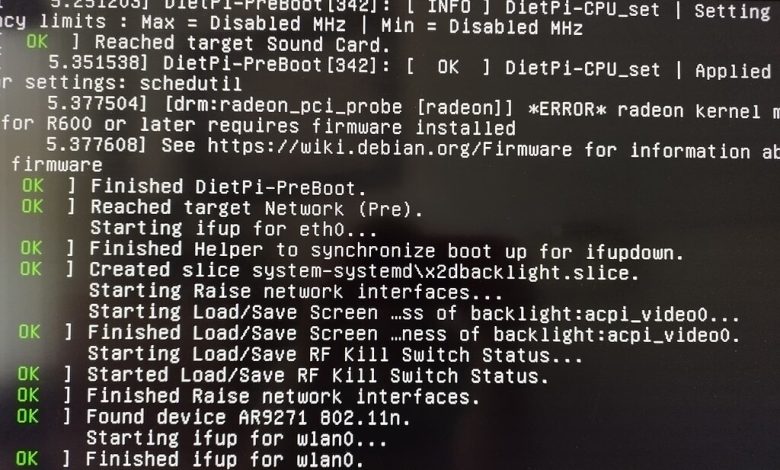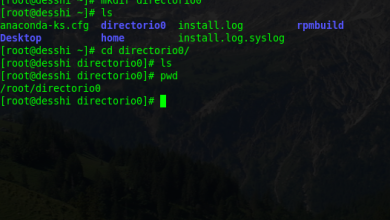How to Use the ifup and ifdown Commands for Network Interfaces

ifup and ifdown are command-line utilities used in Linux to manage network interfaces.
ifup: This command activates a network interface, bringing it online and allowing it to send and receive data. It uses the configuration specified in/etc/network/interfaces.Example:
sudo ifup eth0(activates theeth0interface)ifdown: This command deactivates a network interface, disconnecting it from the network.Example:
sudo ifdown eth0(disables theeth0interface)
These tools are useful for network troubleshooting and reapplying network configurations without rebooting the system.
The ifup and ifdown commands are essential tools for managing network interfaces on Linux systems. These commands allow users to bring network interfaces up or down without rebooting the system, making network management more efficient.
Prerequisites
Ensure you have:
- A Linux-based system (Ubuntu recommended)
- Sudo or root access
- Basic knowledge of the terminal
Step 1: Check Available Network Interfaces
Before using the commands, identify available network interfaces:
ip aThis will list all network interfaces and their current status.
Step 2: Using ifdown Command
The ifdown command disables a network interface:
sudo ifdown eth0Replace eth0 with the appropriate interface name. The interface will be taken offline, disconnecting network connectivity for that interface.
Step 3: Using ifup Command
The ifup command enables a network interface:
sudo ifup eth0This brings the specified interface back online.
Step 4: Reconfiguring Interfaces
If you need to restart the network interface for changes to take effect:
sudo ifdown eth0 && sudo ifup eth0This sequence ensures the interface is properly reset.
Step 5: Persistent Network Configuration
Network interfaces can be persistently managed using /etc/network/interfaces. Example:
iface eth0 inet dhcpChanges to this file will be applied after restarting the networking service or using the ifup and ifdown commands.
Conclusion
The ifup and ifdown commands are powerful tools for managing network interfaces. They allow for efficient network management without requiring a system reboot.




